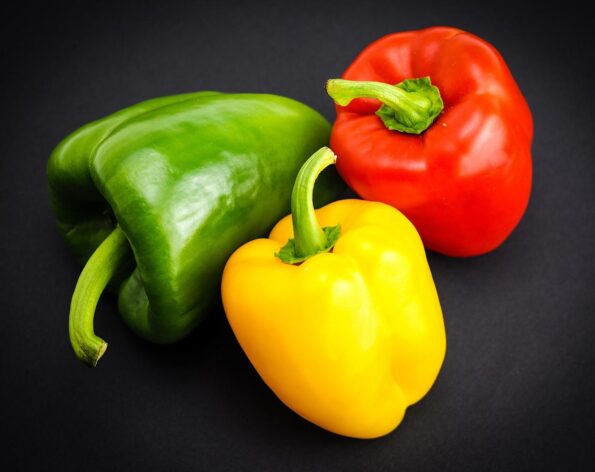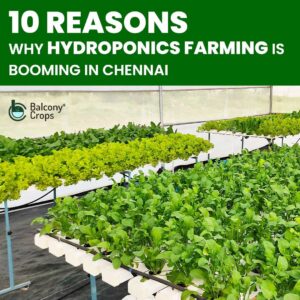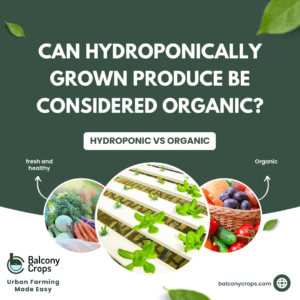Table of Contents
The process of growing fruit, vegetables, herbs, and other plants without soil is known as hydroponics. According to the University of Nevada, Reno, the majority of hydroponic gardens simply require a water-culture system, container, nutrition system, and plant in the form of seedlings or seeds for setup. Universities that want to study this relatively unexplored growing technique as well as agricultural businesses that want to grow seasonal foods year-round have both put up massive hydroponic systems.
Even though hydroponic gardening has received less attention than other methods of gardening, there is still a tone of material available on how to get started doing it in your own backyard.
We’ve compiled a list of 10 easy edible plants to grow in your outdoor hydroponic garden.
1. Kale

Kale is a plant that adds flavor and nutrition to recipes at home and in restaurants. It is a fantastic vegetable with recognized health advantages for a healthy individual. The good news is that because kale has been grown hydroponically for so long, you can surely do it in a water system. In truth, it’s simple to develop and do well in this system.
2. Pumpkin
Hydroponically growing pumpkins (Cucurbita maxima) is simple, but you shouldn’t try it indoors. According to the Missouri Botanical Garden, this is due to the plant’s ability to grow to heights of up to 12 feet. Pumpkins may get the water and nutrients they require in an outdoor hydroponic setup, as well as the natural sunlight and colder fall temperatures.
3. Chives
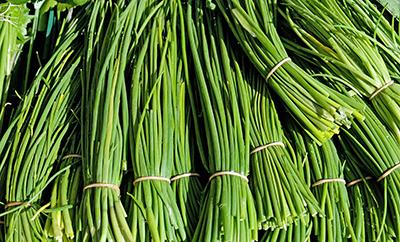
Vertical towers are the most common technique for hydroponically growing chives. They function well and are very popular among growers. They are well-liked because of their constant growth. To survive, they need to be exposed to a lot of sunshine or grow under lights. When planted from the roots up, chives grow hydroponically in two to three weeks. In addition, they become thicker with each harvest.
4. Celery
This vegetable has a great texture, plenty of flavor, and is really healthful. These can be grown using a hydroponic “Ebb and Flow” system. Make sure the roots are not submerged and the stalks are moist. The pH range should be between 5.7 and 6.0.
5. Cucumbers

Cucumbers come in second on our list of the top vegetables for hydroponic growing. Cucumber plants are another extremely marketable plant that yields a huge amount of produce and has nearly as many uses as tomatoes (they may be consumed raw, made into pickles, used in relish, and more).
6. Blueberries
Blueberries are another excellent option for your hydroponic garden because they are high in vitamins. In contrast to strawberries, blueberries take a while to mature. It may take them months before they produce their first crop.
7. Beans
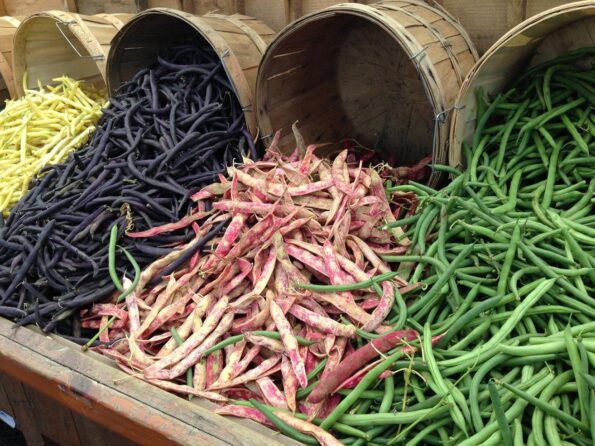
One of the hydroponically grown vegetables with the highest productivity and least amount of upkeep You have a variety of bean varieties to pick from, such as green beans, pole beans, black beans, and lima beans. If you decide to grow pole beans, you must construct a trellis or other structure to support the plants. Typically, seed germination takes 3–8 days. Harvesting starts six to eight weeks later. You can then maintain the crop for another three to four months.
8. Spinach
I’m Spinach the Sailor Woman, and I eat my spinach, so I’m strong till the end. The extensive uses of this green vegetable, which is a fantastic source of minerals and vitamins, have been adequately covered in this 1990s animated series. Spinach is one of the plants grown most frequently in hydroponic systems, just like lettuce. To avoid bitter foods, make sure to get fresh spinach seeds. Also, plant 4-5 seeds in each hole to ensure that each cube has at least one robust plant.
9.Paprika peppers
Paprika peppers (Capsicum annuum L.) fare well in the United States, especially in warmer areas where they can be grown outside naturally with minimal help. According to the University of Florida, there are various different types of paprika peppers, and each one has a distinctive flavour that endures even after the peppers have been dried up and powdered.
10. Tomatoes
In your hydroponic garden, tomatoes (both the standard and cherry varieties) can be grown. Thus, if you’re sick of eating tomatoes that have been cultivated for commercial purposes, think about growing them without soil in the luxury of your own home.
Make sure to give these vegetables plenty of light and moderate temperatures when growing them. Get some grow lights in preparation if you intend to grow them indoors. The pH range between 5.5 and 6.5 is optimal.




